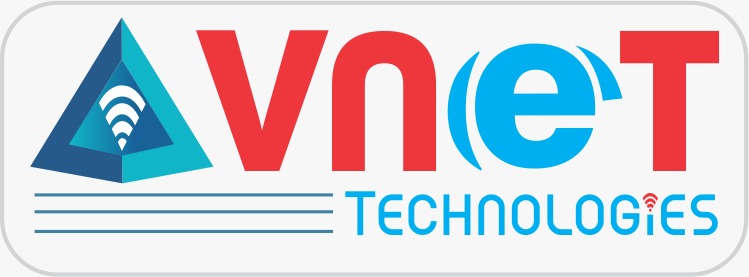
Python has emerged as one of the most preferred programming languages for full-stack development. Its simplicity, readability, and powerful ecosystem make it an excellent choice for building both frontend and backend components of a web application. This article explores why Python stands out as the best option for full-stack development.
The Advantages of Python in Full-Stack Development
- Easy to Learn and Use
Python’s clean and straightforward syntax makes it an ideal choice for beginners and experienced developers alike. Unlike other languages with complex structures, Python allows developers to write code that is concise and easy to understand, reducing the learning curve.
- Versatile and Flexible
Python is not limited to web development. It is widely used in data science, artificial intelligence, automation, and cybersecurity. This versatility means developers can integrate multiple functionalities into their full-stack applications without switching to another language.
- Rich Ecosystem and Libraries
Python boasts a vast ecosystem of libraries and frameworks that simplify development tasks. Some of the most popular ones include:
- Django – A high-level framework that provides built-in authentication, database management, and security features.
- Flask – A lightweight framework that offers flexibility for small to medium-scale projects.
- Pandas, NumPy, and SciPy – Useful for handling data-driven applications.
- Strong Backend Capabilities
Python’s backend frameworks, such as Django and Flask, provide robust solutions for server-side development. They include features like database integration, authentication, and API handling, making it easier to build scalable applications.
- Seamless Frontend Integration
Although Python is primarily used for backend development, it integrates seamlessly with frontend technologies like:
- HTML, CSS, and JavaScript – For designing responsive user interfaces.
- React, Vue.js, or Angular – For developing interactive web applications.
- Jinja2 – A template engine that works well with Flask.
- Database Compatibility
Python supports multiple database management systems, allowing developers to choose the best option for their project:
- Relational Databases – PostgreSQL, MySQL, SQLite.
- NoSQL Databases – MongoDB, Firebase.
- ORM Support – Django ORM and SQLAlchemy simplify database interactions.
- Efficient API Development
RESTful APIs and GraphQL can be easily implemented using Python frameworks like Django REST Framework (DRF) and FastAPI. These tools help developers build secure and scalable APIs for web and mobile applications.
- Security Features
Security is a top priority in web development, and Python provides built-in features to protect applications from vulnerabilities. Django, for example, includes protection against SQL injection, cross-site scripting (XSS), and cross-site request forgery (CSRF).
- Scalability and Performance
Python applications can scale efficiently due to their modularity and lightweight nature. It is suitable for both startups and enterprise-level applications, ensuring performance optimization as the application grows.
- Community Support and Documentation
Python has a vast community of developers contributing to open-source projects and providing support through forums, tutorials, and extensive documentation. This ensures developers have the resources they need to troubleshoot issues and improve their skills.
Conclusion
Python is undoubtedly one of the best choices for full-stack development. Its simplicity, powerful frameworks, seamless integration with frontend technologies, and extensive libraries make it the go-to language for developers. Whether you’re a beginner or an experienced programmer, learning Python for full-stack development can open up numerous career opportunities. Start coding, build projects, and explore the endless possibilities Python has to offer!
